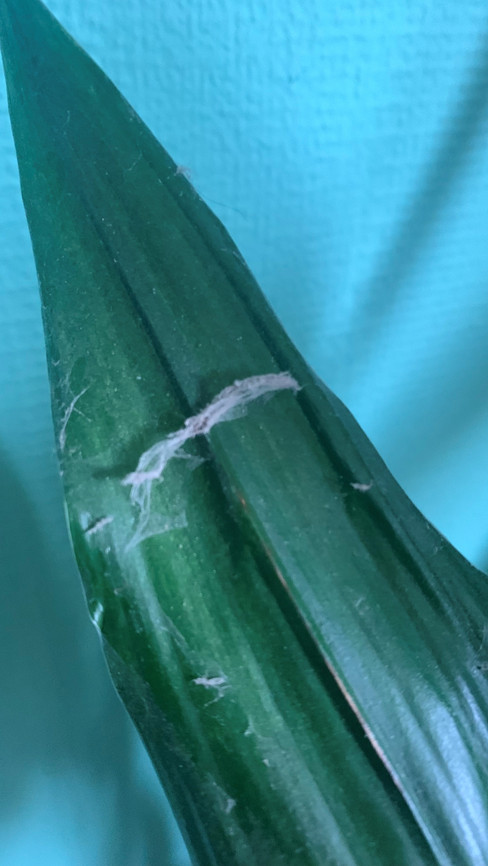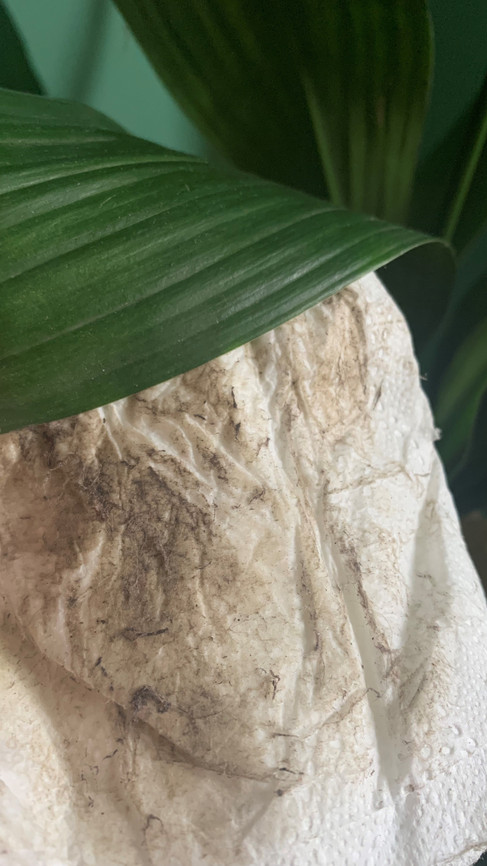Aspidistras
- Aug 18, 2021
- 3 min read
When we’re selling plants at the Station Approach in Frome one of the many questions we get asked is “do you sell house plants” and we find ourselves mumbling that we don’t, but that the lovely Fatisa Japonica we have can do equally as well indoors as it does outdoors……..
But that got us thinking that we ought to start taking more of an interest in house plants and chatter about what we have here in Trug Towers. We're not going to branch out into house plants - there are others in Frome who do that really well - but we thought we'd have a look at what we've got growing here indoors.
Well our house is late Victorian or early Edwardian - it's not clear from the deeds. It has a bay window and whilst that lets a fair bit of light into our living room its still quite a dark room – painted in a darkish emulsion and with a black slate fireplace – it was in need of a plant that would cope well with such surroundings.
So what did we put in Majolica Jardiniere that once stood in our childhood home? Well we went with the good old Aspidistra!
Here it is.

The Aspidistra is also known as the cast iron plant – a great description as it really does have a cast-iron constitution. It was a popular houseplant in Victorian times as it could withstand fumes from coal fires and gas lamps and could cope with gloomy conditions.
Well we do have an open fire but we don’t have gas lamps although sometimes I guess the conditions could be described as gloomy! So the Aspidistra was the obvious choice.
They can tolerate a fair degree of neglect and as they aren’t that fussy they don’t need a lot of maintenance. To keep it looking its best, give it a bright spot, out of direct sunshine – ours is in the corner of the room and to the side of the bay - and keep the compost just moist.
It will appreciate the occasional liquid feed. Wipe the leaves with a damp cloth from time to time to keep the leaves dust-free and shiny. We just did that and we were amazed at how much dust the leaves had collected over the past 7 or 8 months – and how much better they looked after having had a gentle wipe.
And believe it or not the Aspidistra thrives on being pot-bound, so only repot it when the roots are coming out of the bottom or top of the pot. We checked ours and there’s no sign of the roots yet so we’ll be leaving it well alone for the foreseeable future. We will though top dress it with some fresh compost in the spring.
They come from a plant family that is native to eastern and south eastern Asia, particularly China and Vietnam. They tend to be herbaceous perennials that grow from rhizomes and they normally thrive in shade under trees and shrubs. Their leaves and if they flower, their flowers, grow from ground level – from those rhizomes.
Aspidistra elatior is common worldwide as a foliage house plant that is very tolerant of neglect. It and other species can also be grown in shade outside, where they are generally hardy to −5 °C.
There you go. Aspidistras. Now ours will never match Gracie Fields who told us she had the biggest aspidistra in the world but we reckon it doesn’t look too shabby.








Comments